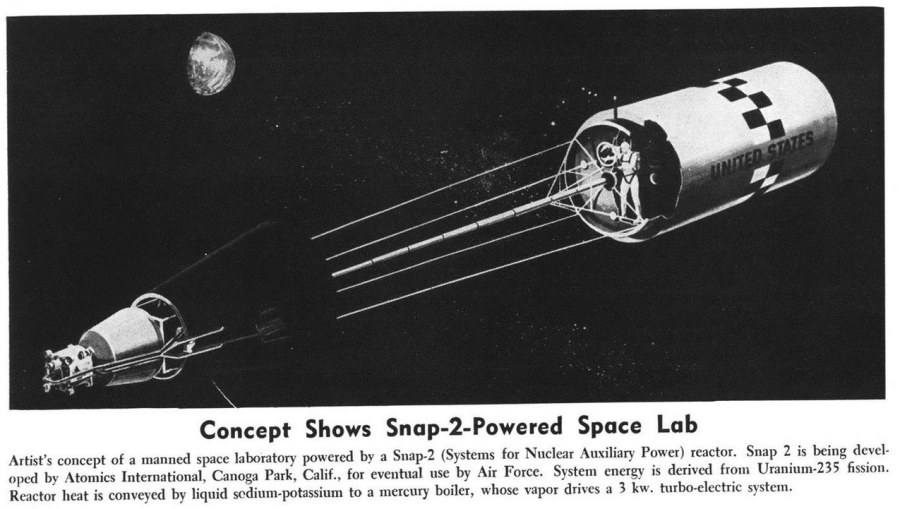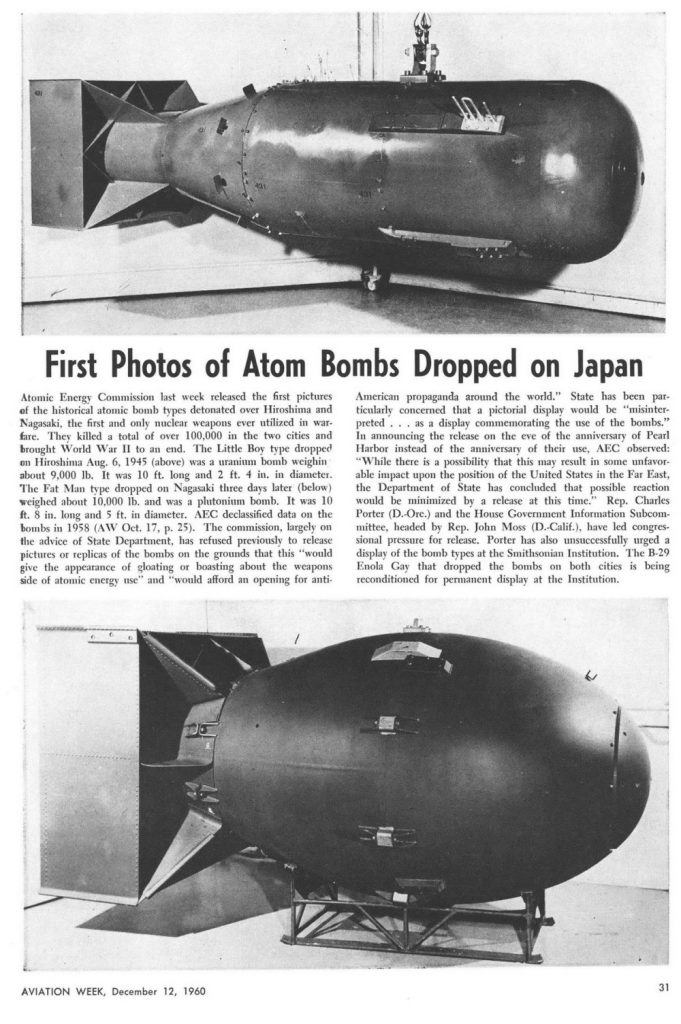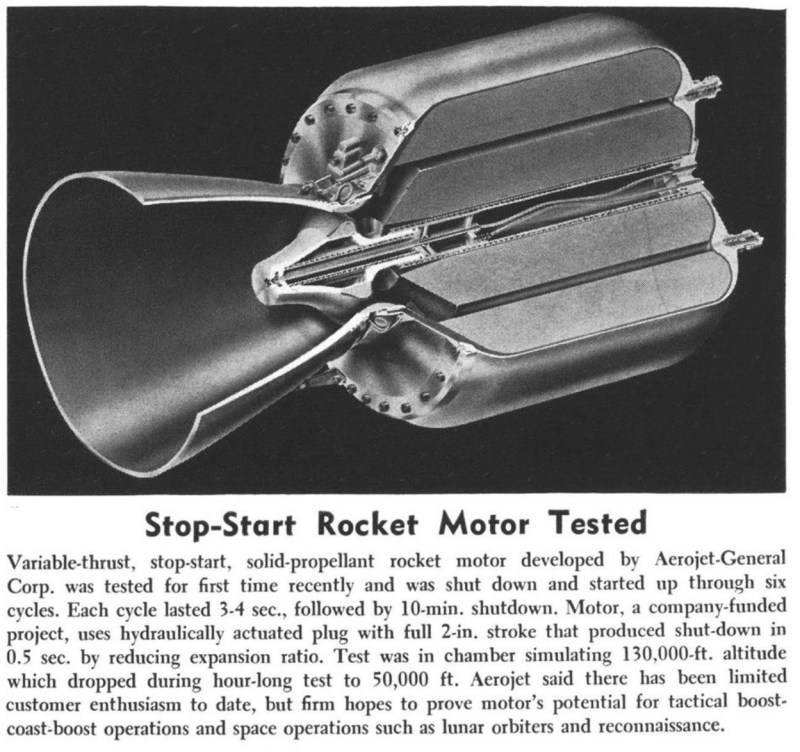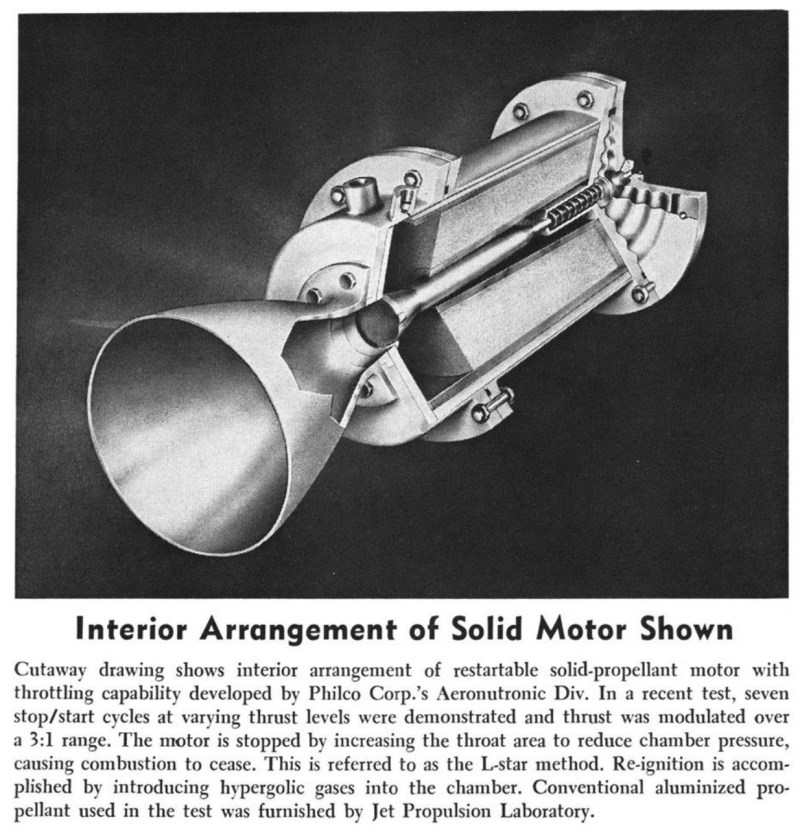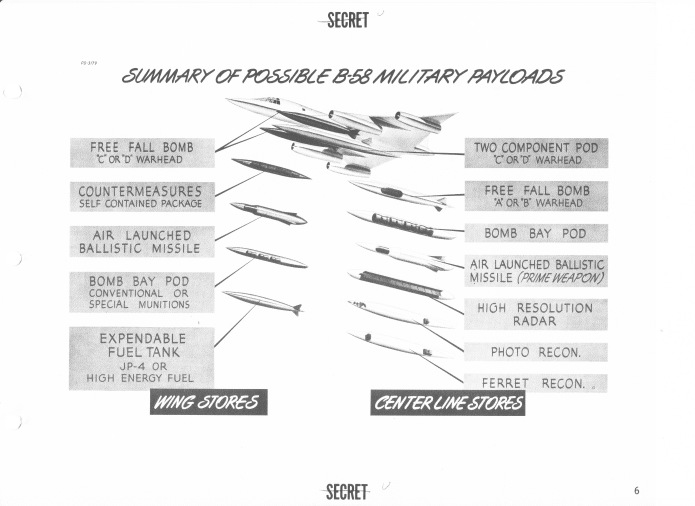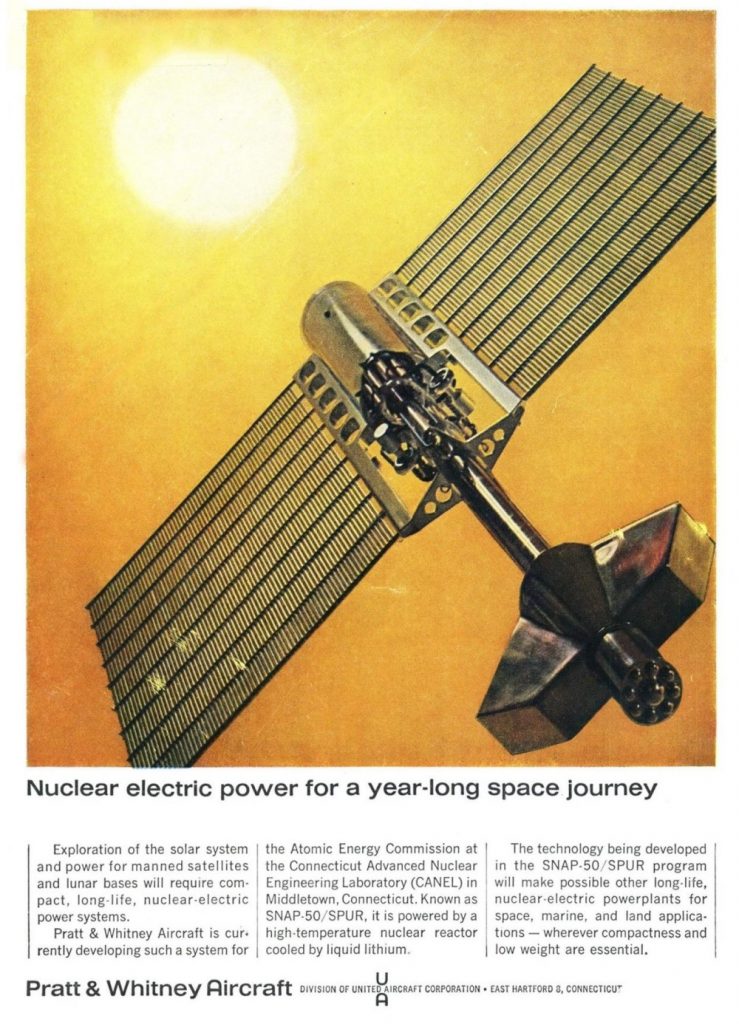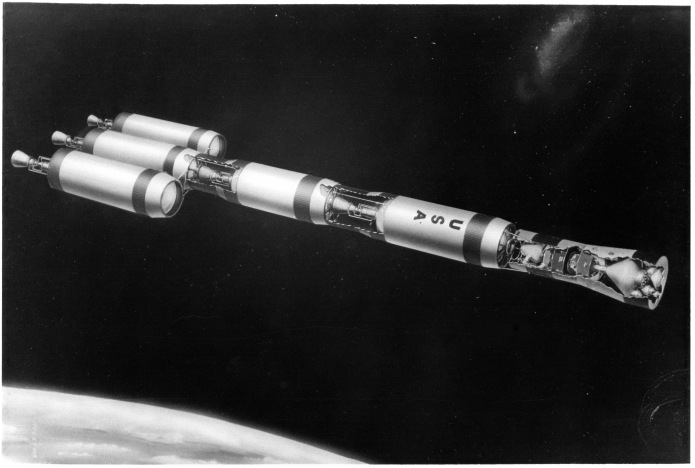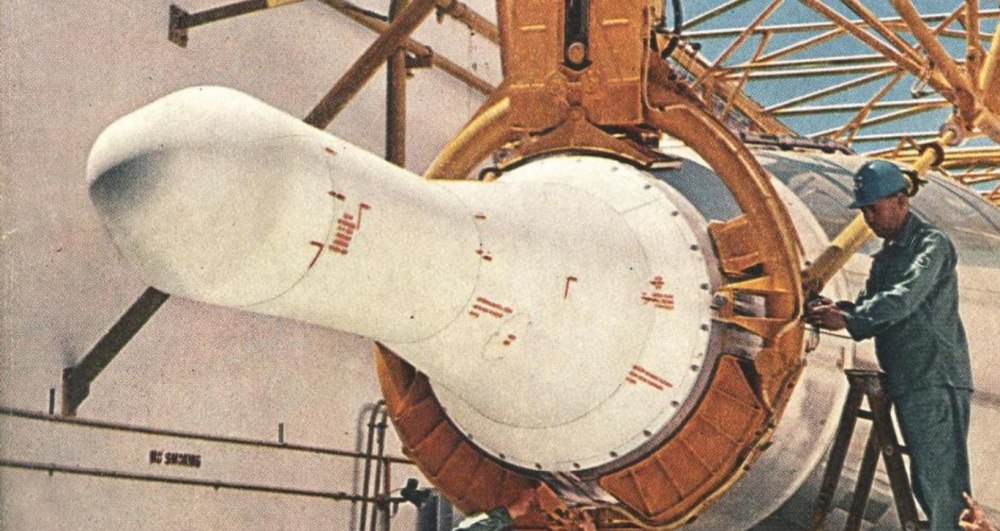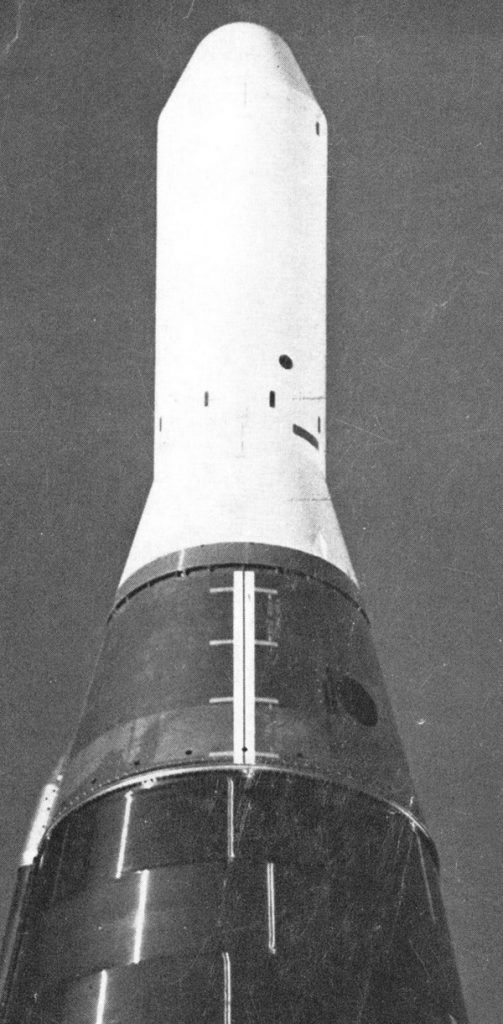And I mean that in the best possible sense.
HBO is four episodes into a five-episode miniseries entitled “Chernobyl” based on, you guessed it, the nuclear accident. I’ve seen the first three episodes and it is, in my opinion, something of a horror masterpiece. Acting, writing, visuals, even the score conspire to make for an engaging story of what happens when socialist bureaucrats are put in charge of badly designed nuclear reactors and then have to try to clean up the inevitable mess. Incompetence leading to CYA on an industrial scale… but followed by selfless heroism by people high and low. “I’ll do it myself.”
In many ways this comes across as one of the better Lovecraftian horror stories I’ve seen on screen. There is a monster that threatens millions, something that is impersonal and vast and invisible and largely incomprehensible. It kills in horrifying ways (that the makeup people went to town on) that you can barely hope to defend against, and once you’ve met it there’s nothing anyone can do for you except watch as you basically fall apart. There is a sense of doom that hangs over especially the first two episodes that is just monumentally well done. In this it is aided by the score, barely music, composed by the impressively named Hildur Guðnadóttir. The score is composed of sounds from a Lithuanian nuclear powerplant and is just plain creepifyin’, subtle and mechanical, like the sound of machines in slow agony.
I suspect ol’ HPL would have loved to have seen this, and would have nodded along to a lot of it. One line in particular, “You are dealing with something that has never occurred on this planet before,” seems like something that would be at home in a tale of Cthulhu. There are individual scenes that are just plain disturbing… a plant worker looking directly into the exposed open, burning core, like looking into the mouth of Hell. Bureaucrats yelling at people that they did not see what they know they saw. “It’s not three Roentgen. It’s fifteen thousand.” A Geiger counter starting off going nuts… and only going faster until it’s an almost solid tone. A nuclear physicist trying to explain to Soviet apparatchiks why finding graphite *outside* of the reactor building is a Very Bad Thing. Cerenkov radiation visible *outside* of a containment vessel.
I would say that this exceeds, at least so far, “The Terror” in terms of effective horror. Which is interesting because Jared Harris is an important character in both stories.
Recommended.
